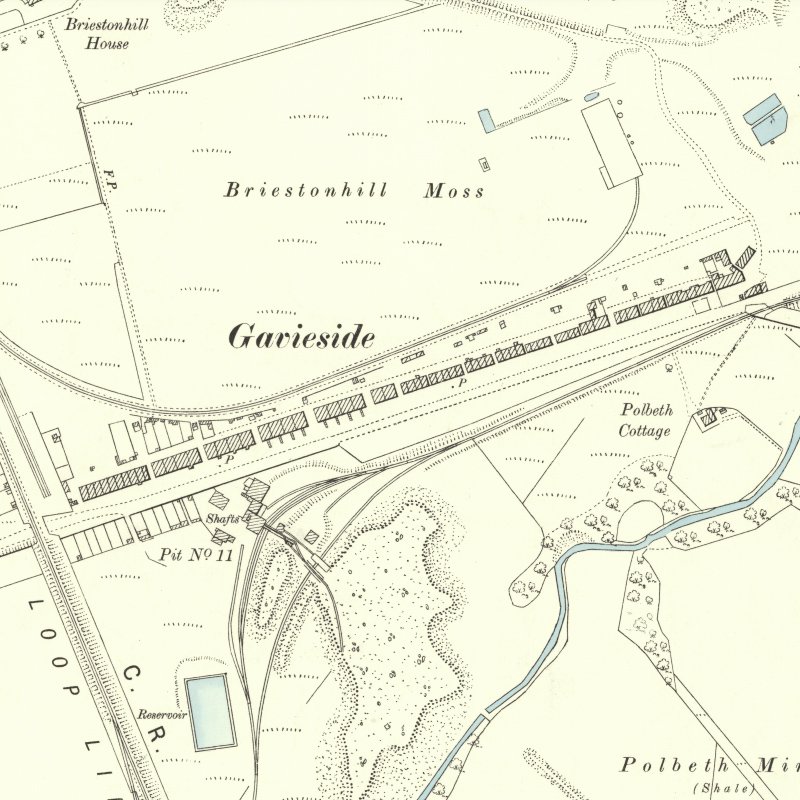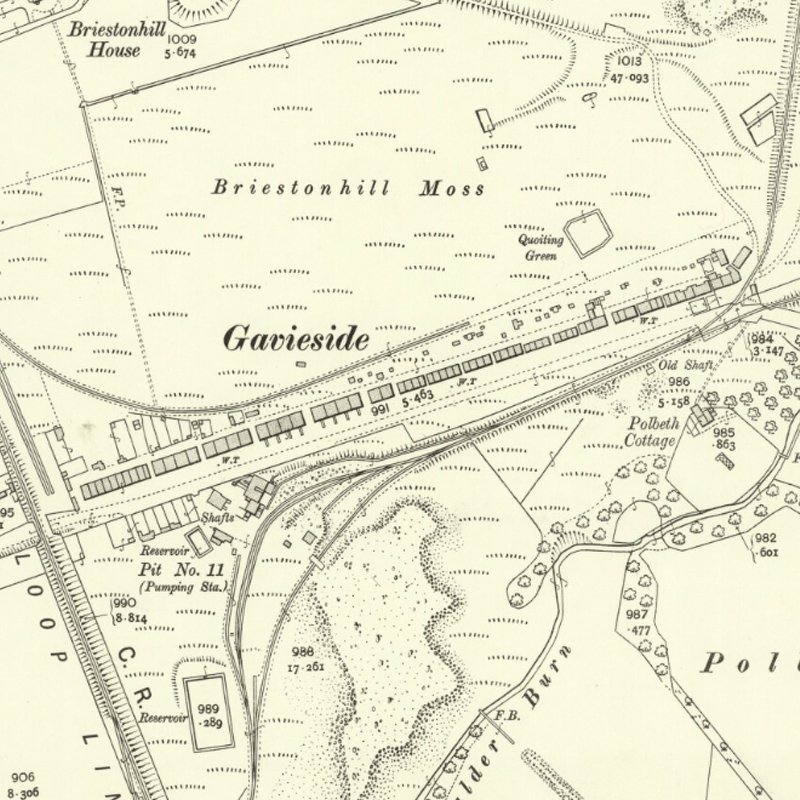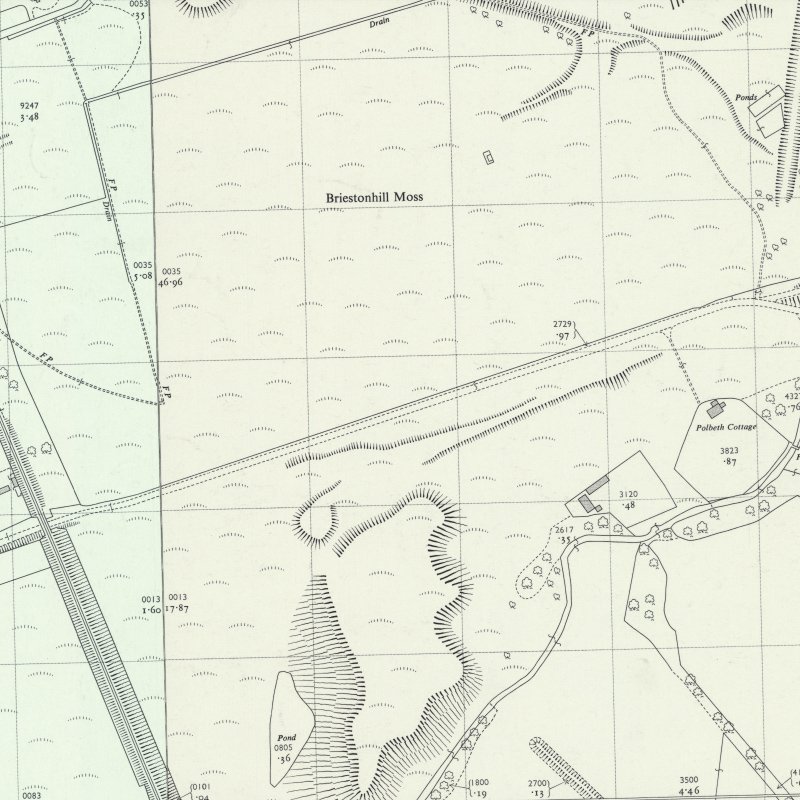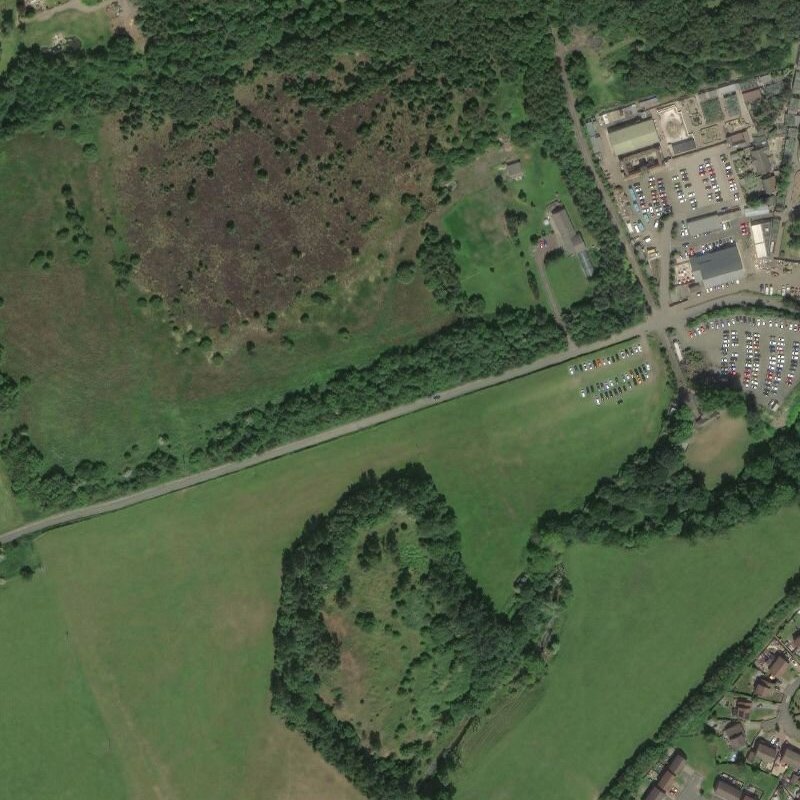- Addiewell village
- Addiewell - Muirhall villas
- Albyn Cottages
- Binnend village
- Bridgend Rows
- Broxburn Rows
- Broxburn - Steele's Rows
- Broxburn - villas
- Burngrange Cottages
- Burnside Cottages
- Cobbinshaw North village
- Cobbinshaw South village
- Dalmeny Rows
- Deans Cottages
- Dedridge Cottages
- East Hermand (village)
- Forkneuk Road, Uphall
- Gavieside village
- Gerson Park
- Greendykes Cottages
- Happy Land
- Hartwood Row
- Hermand New Rows
- Hermand Old Rows
- Holmes Cottages
- Holmes Rows
- Holygate
- Kingscavil Rows
- Kipsyke huts
- Livingston Station village
- Loaninghill Coattages
- Lochend cottages
- Straiton - Meadow Bank cottages
- Mid Breich Rows
- Midcalder - Penny's Buildings
- Middleton Hall - housing
- Mossend village
- Murchison Buildings
- New Holygate
- Newton Cottages
- Niddry Rows
- Oakbank village
- Oakbank Cottages, Westwood
- Redcraig cottages - Oakbank
- Straiton - Pentland Rows
- Philpstoun - The Avenue
- Philpstoun - Wester Pardovan Rows
- Pumpherston - Erskine Place
- Pumpherston - North Village
- Pumpherston - Pumpherston Road
- Pumpherston - South Village
- Pumpherston - Uphall Station Road
- Raeburn Rows
- Redhouse Cottages
- Roman Camp village
- Rosebery Cottages
- Seafield Rows
- Stable Rows
- Starlaw Rows
- Stewartfield Rows
- Straiton - Oakbank Cottages
- Tarbrax (village)
- Uphall Station Rows
- Uphall Station - Beechwood
- Uphall Station - Office Rows
- Uphall Station - Stankard Rows
- West Calder - Union Street & "Dalveen"
- Westerton Rows
- Westfield Rows
- Westwood (old rows)
- Winchburgh village
- Woolfords (new rows)
- Woolfords (old rows)
Gavieside village
Built to serve Gavieside Paraffin Oil Works, construction of which began in 1863, the village was also known as "Fells Rows" after the first proprietors of the West Calder Oil Company. On failure of that company in 1878, the works were put up for sale along with "school house, manager's house and workman's dwellings" (Scotsman 15-05-1878). The site and houses were bought by Young's Paraffin Light & Mineral Oil Company. Reading rooms were opened in 1906 and a new school to the east of the village constructed in 1906.
Conditions were described in evidence presented to the Royal Commission on housing conditions in 1914:
" There are 8 single and 84 double houses, 44 of which are back to back. Many of the houses are below the level of the road, and rents range from 1/- to 2/3 per week. There are no coal cellars, wash-houses or sculleries. A few stand-pipes supply the water. The refuse is removed weekly. Dry privies of a kind exist. These houses are of a very poor type, and ought to be condemned. Houses are scarce."
Maps show blocks of various housing types, set end-to-end alongside the road. Two blocks appear to have external stairs typical of two storey buildings. The village was demolished in the 1940's, however the school continued to be used by primary children until 1948 and as a nursery school until 1961.
Archive images
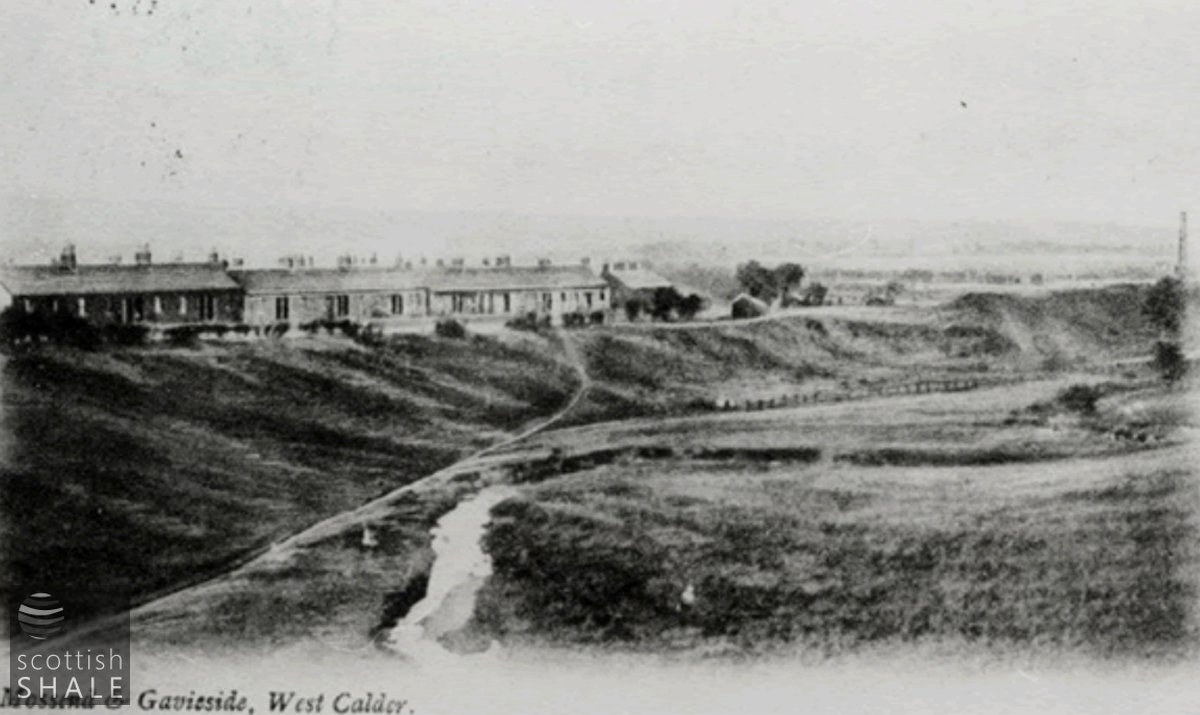
Mossend, with Gavieside to the right, visible as a blur just below the horizon. Courtesy West Lothian Libraries (W5 419)
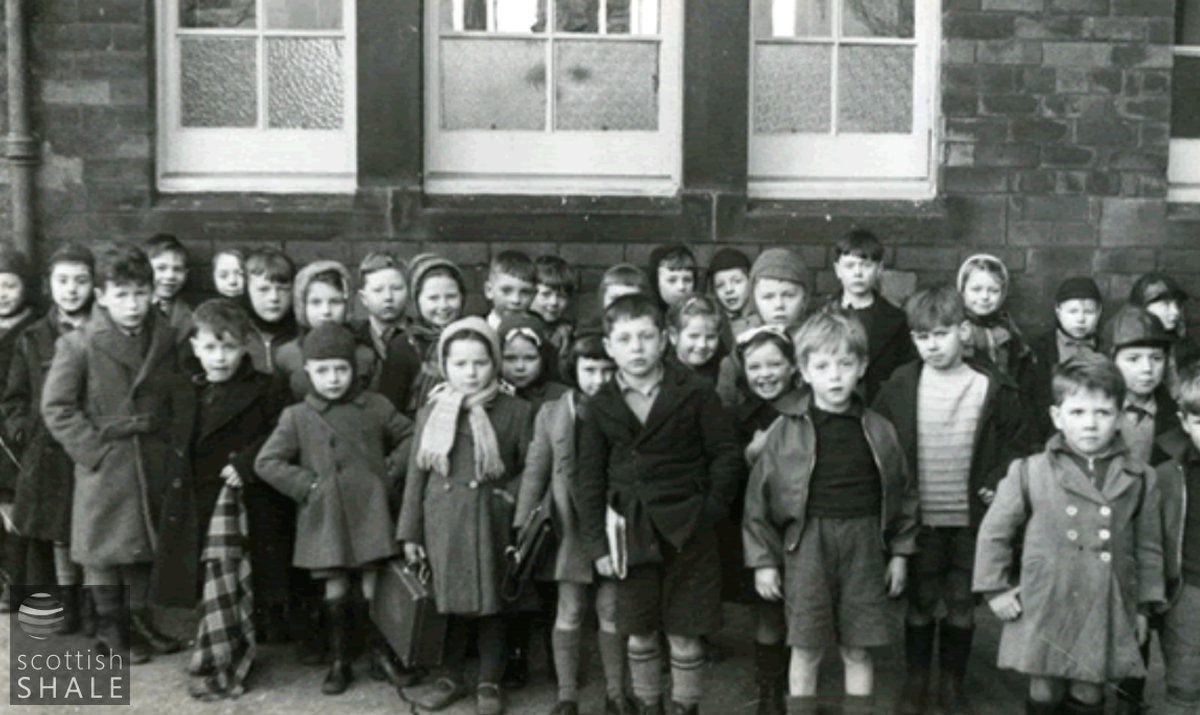
Pupils at Gavieside school, 1950's? (part of LVSAV2005.002)
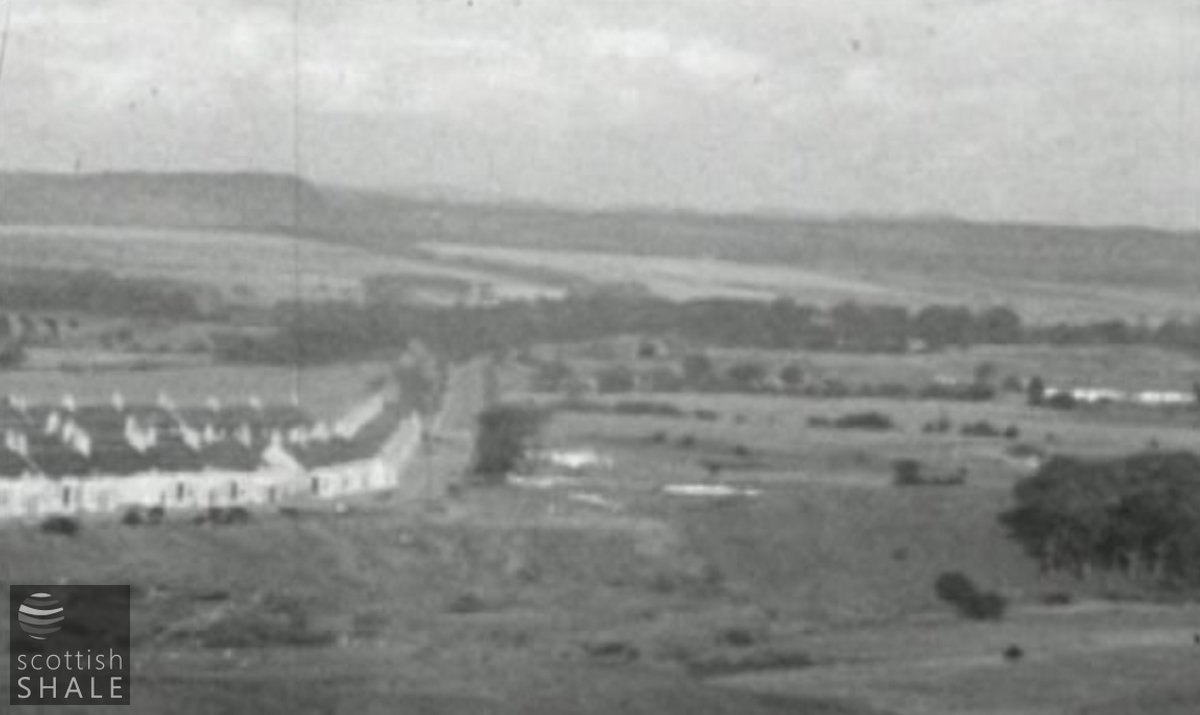
Still from a movie taken from The Tower, West Calder in 1937. Mossend is centre left, Gavieside centre right.
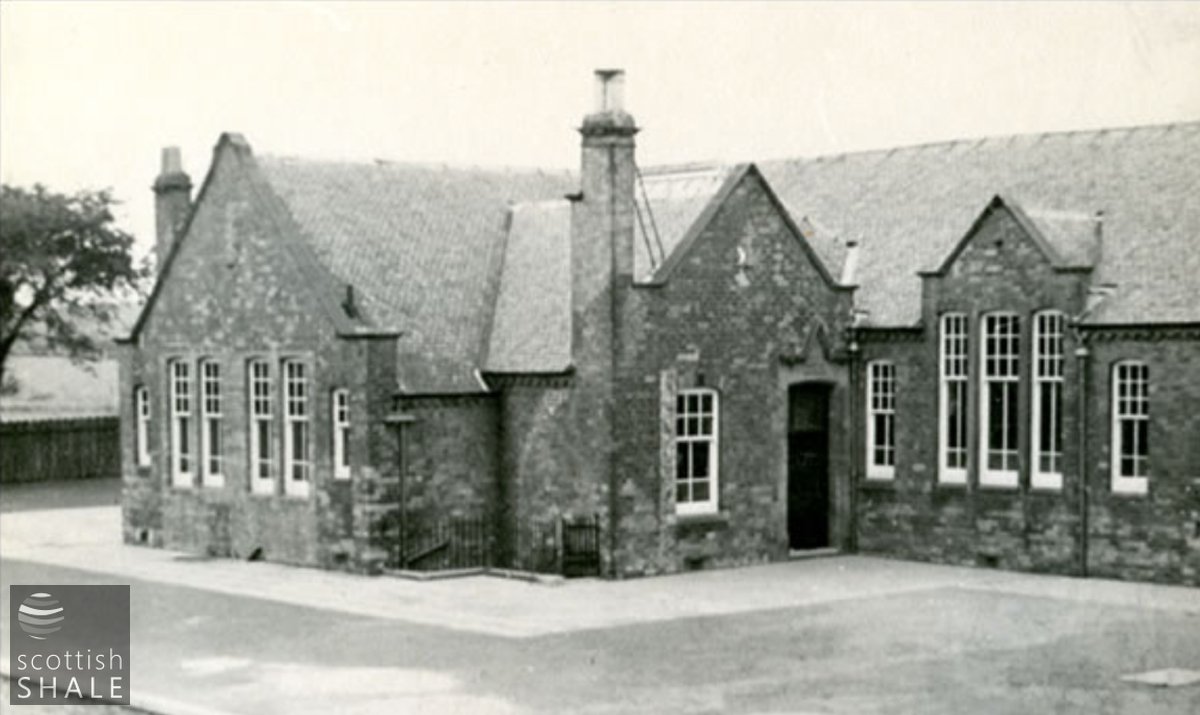
Gavieside school; 1950's (part of LVSAV2005.002)
Recent images
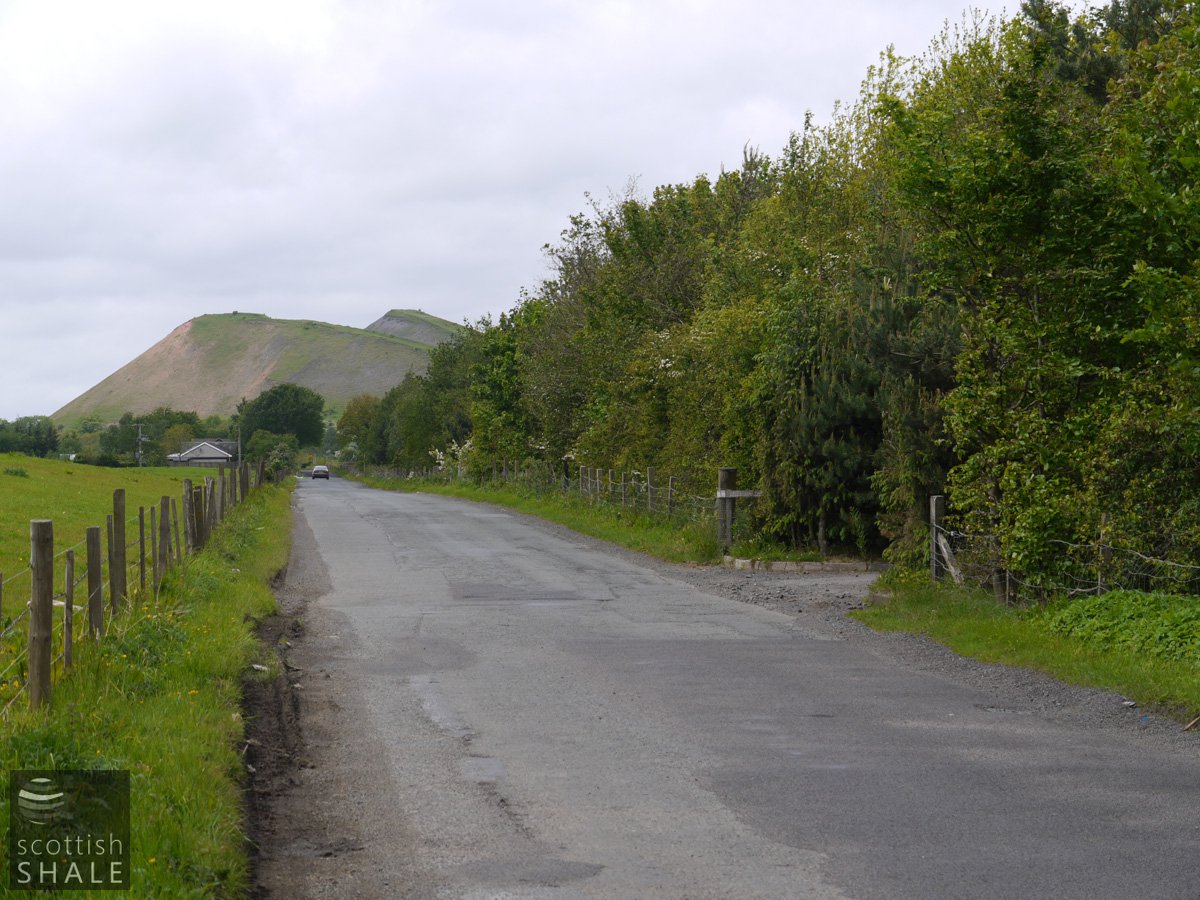
Site of Gavieside rows, 27 November 2011
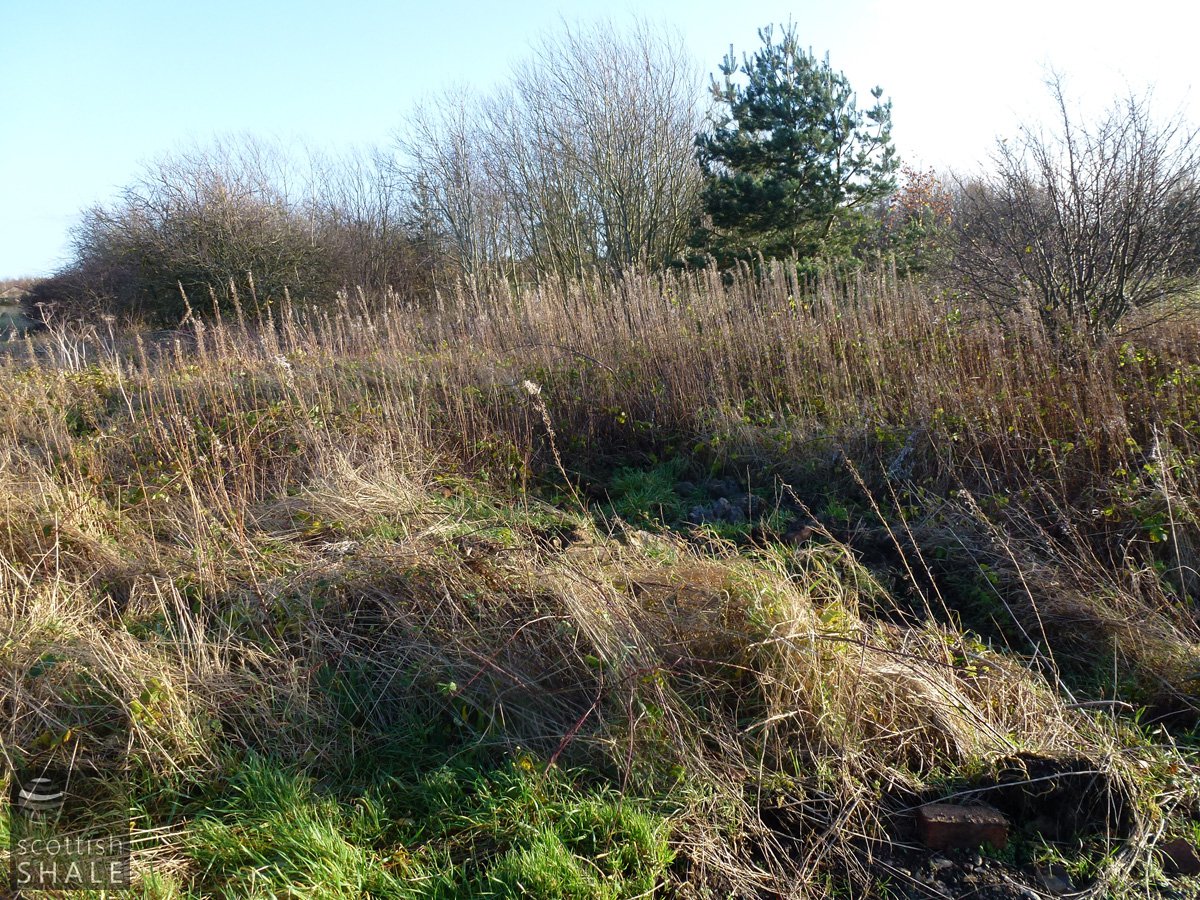
Site of Gavieside rows, 27 November 2011
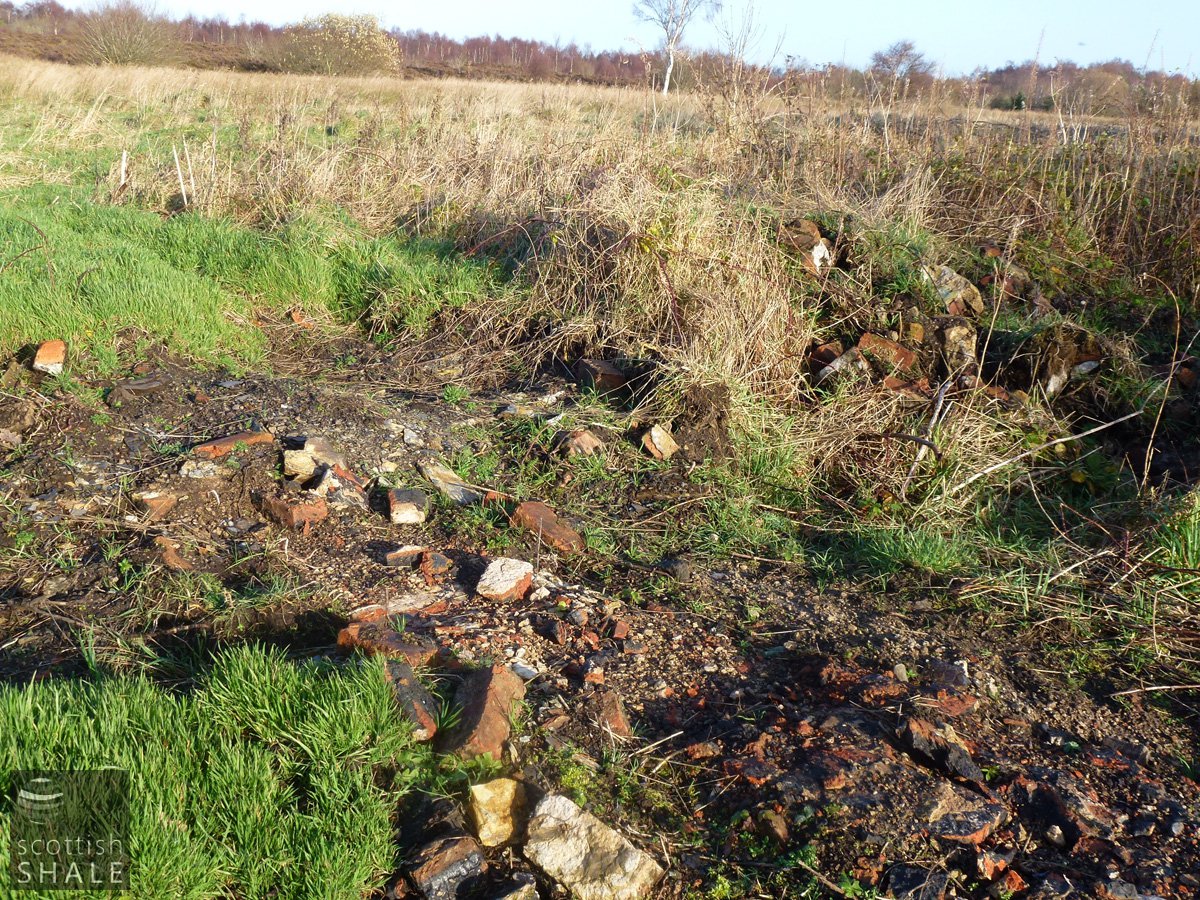
Site of Gavieside rows, 27 November 2011
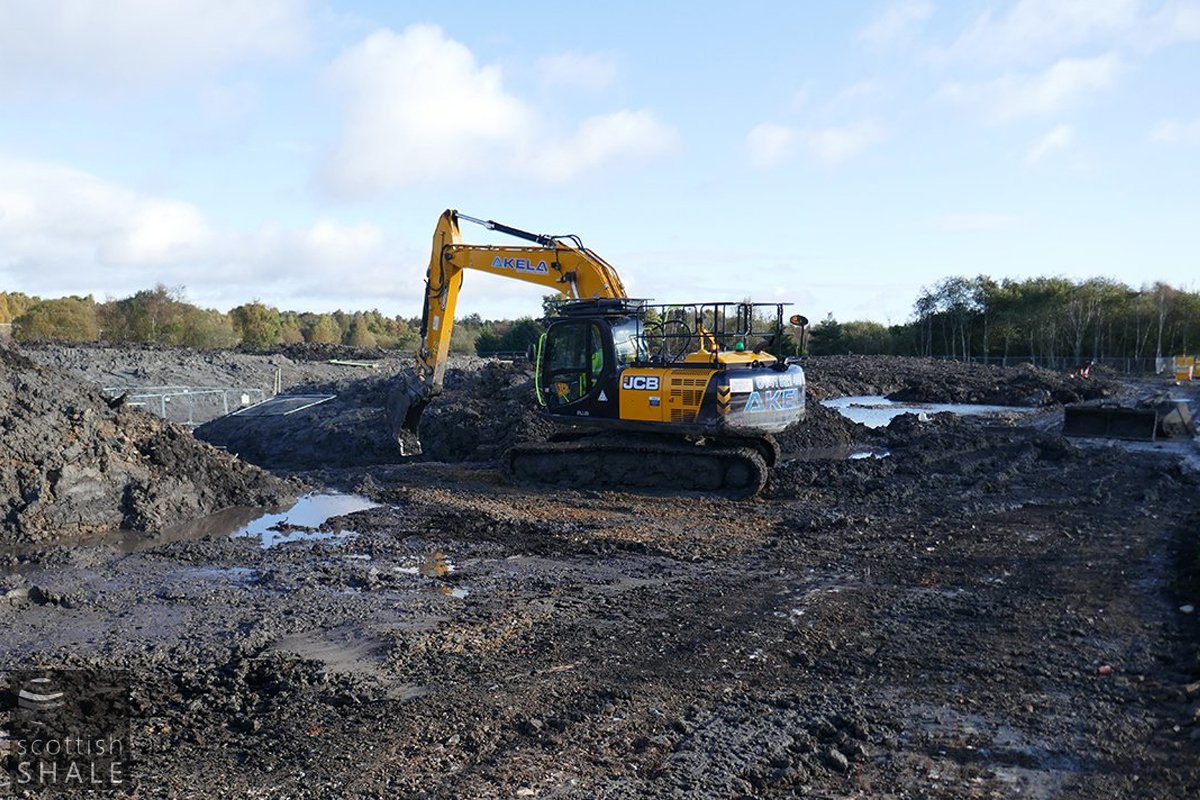
Gavieside rows, 12th October 2019
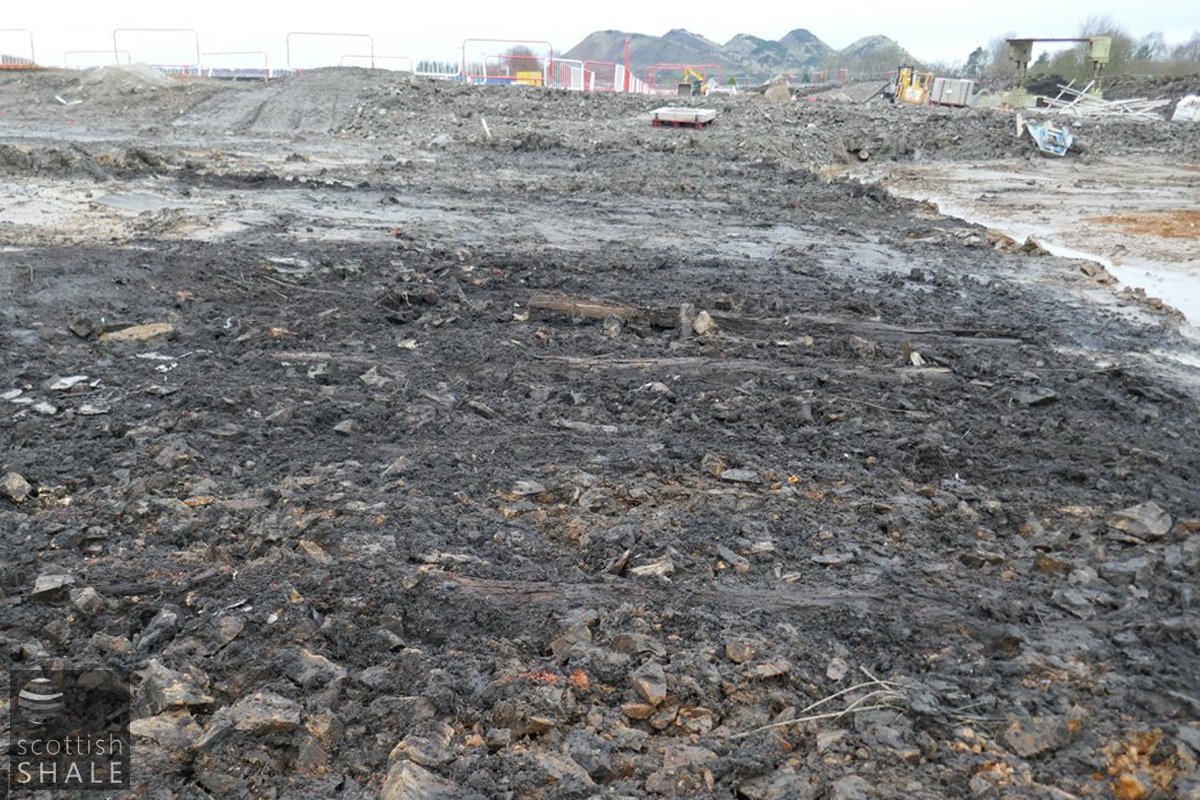
Gavieside rows, 12th October 2019
" There are 8 single and 84 double houses, 44 of which are back to back. Many of the houses are below the level of the road, and rents range from 1/- to 2/3 per week. There are no coal cellars, wash-houses or sculleries. A few stand-pipes supply the water. The refuse is removed weekly. Dry privies of a kind exist. These houses are of a very poor type, and ought to be condemned. Houses are scarce." Theodore K. Irvine, Report on the Housing Conditions in the Scottish Shale Field, 1914
.......
"The villagers at Gavieside Row, near West Calder, have received notice to quit. The row is to be demolished. Gavieside is stated to be Scotland's first shale village. It was built in 1863 by West Calder Oil Co. Ltd. The people of Gavieside are to e rehoused at the Polbeth Housing Scheme, West Calder".
West Lothian Courier, 31st March 1939
Bygone Days, by John Crombie. Reminiscences of growing up in the lost shale mining village of Gavieside.
- Oral history transcript: Mr John Crombie
- Oral history transcript: Mr John McCulloch
- 143495 - Minute of Agreement between the Trustees of Late John Young Esq. of Addiewell and Young's Paraffin Light and Mineral Oil Company Limited, dated 1929. - Minute of Agreement between the Trustees of the late John Young of Addiewell and Youngâs Paraffin Light and Mineral Oil Company Limited. Dated 19th, 23rd, 25th, 26th, and 30th July 1929. Details the agreement between the late John Young and Young's Paraffin Light and Mineral Oil Company Limited regarding the lands of Polbeth leased by Young's Paraffin Light and Mineral Oil Company Limited to work the whole coal of every description and bituminous shale lying in and under these lands. It states that the Dunnet Seam have been left unworked in certain stoops to provide support for the buildings on top of the land, Woodend Cottage. Includes scale plan of 'No. 26 Mine Polbeth, Plan showing Dunnet Shale Working in connection with the protection of Raeburn Row and Gavieside Rows'. The area mentioned in the agreement is highlighted in red with Woodend Cottage, Raeburn Rows and Gavieside all noted. Scale of plan is 1/2 inch = 66ft. Dated 27/6/29



